In my column last week, we discussed the Liberal government's introduction of an emission reduction plan in March 2022 that reflected the UN's standards, but how, almost two years later, have the targets for the provinces and territories finally been fleshed out by Ottawa?
With this done, the work can begin in earnest so that the country as a whole will be able to lower its usage of fossil fuels and achieve its stated goal of 443 megatonnes of greenhouse gas emissions by 2030.
Mitigation strategy for policymakers: Module 2
One of the biggest problems with Canada's 2030 Emissions Reduction Plan is the huge disconnect between the goals set by the federal government and the specific actions the provinces and territories must take to meet them.
The original plans submitted by the provinces and territories in 2022 did not add up to the megatonnes specified in the original plan. Now they are even less aligned with the specific economic sector-by-sector targets (like oil and gas, transportation, building heating, etc.) announced by the feds in August and December.
As shown in last week's column, the plan contains two projection lines for each economic sector within each province and territory.
However, all the actions spelled out in each line are theoretical — contained only in mathematical models. No actions on the ground are yet happening in the real world for either case.
This could be fixed by treating the modelled numbers as targets and making the provinces and territories entirely responsible for reducing greenhouse gas emissions. The federal role should be relegated to providing a smorgasbord of suggestions to the provinces and territories. Alternatively, the provinces and territories should be free to invent their own actions separate from the federal suggestions.
Let them pick, choose and invent as they see fit. Some federal programs will be attractive because they will come with federal funding, but giving the provinces and territories free latitude would remove any obligation for any particular action plan to be adopted. All that should matter to the federal government is that each province's and territory's target emission reductions are achieved so the country can reach its overall target.
This modified approach puts the responsibility for reaching the goals where it would be more effective and relieves the federal government of the thankless task of herding cats.
The methodology to get this done is through a tiered action plan called the Trigger-Response Concept, which is modelled after the stimulus-response concept in other fields (if you touch a hot stove, you automatically remove your hand). For climate change mitigation, a set of trigger points is set up that automatically initiates specific actions.
The first step is to graph the interim emissions targets for each province and territory for each economic sector, as shown in Box 1.
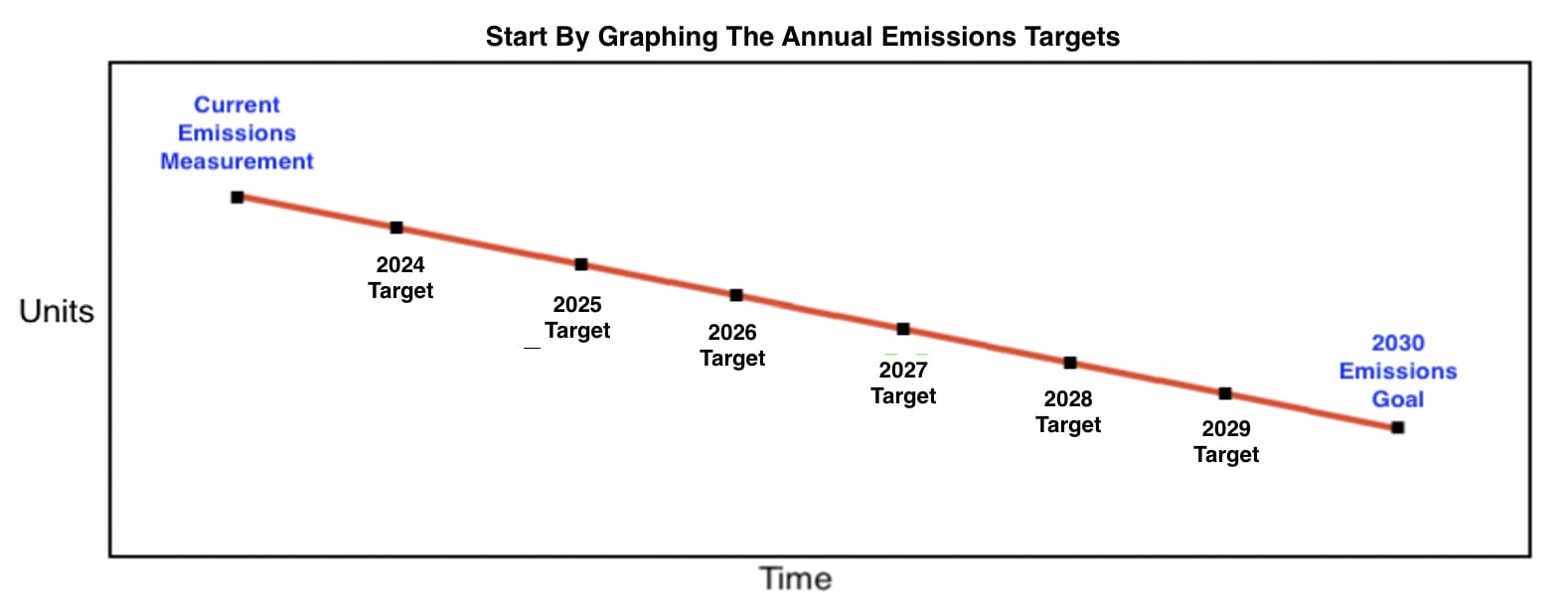
The next step is to determine "trigger points," which will be set up to tell each province and territory how they are doing and enable them to adjust their responses accordingly. Let's imagine that in a particular province, the actual 2026 number for transportation emissions came in at point X, as shown in Box 2. This small enough variance is deemed to be fixable in one year, so Response A is triggered, putting emission back on track in 2027.
Box 2
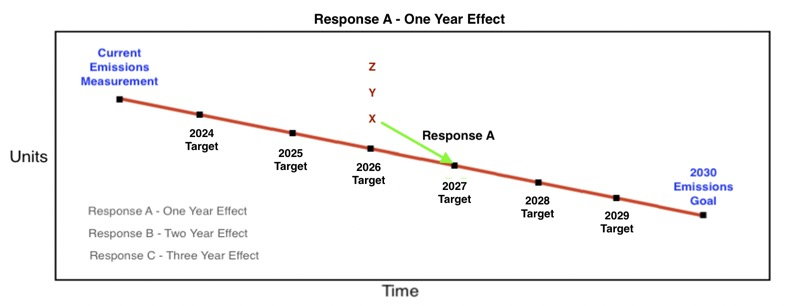
Now let's imagine that the actual 2026 number for transportation emissions came in at point Y, as shown in Box 3. This is deemed to be fixable in two years, so Reponse B is triggered to put emissions back on track by 2028.
Box 3
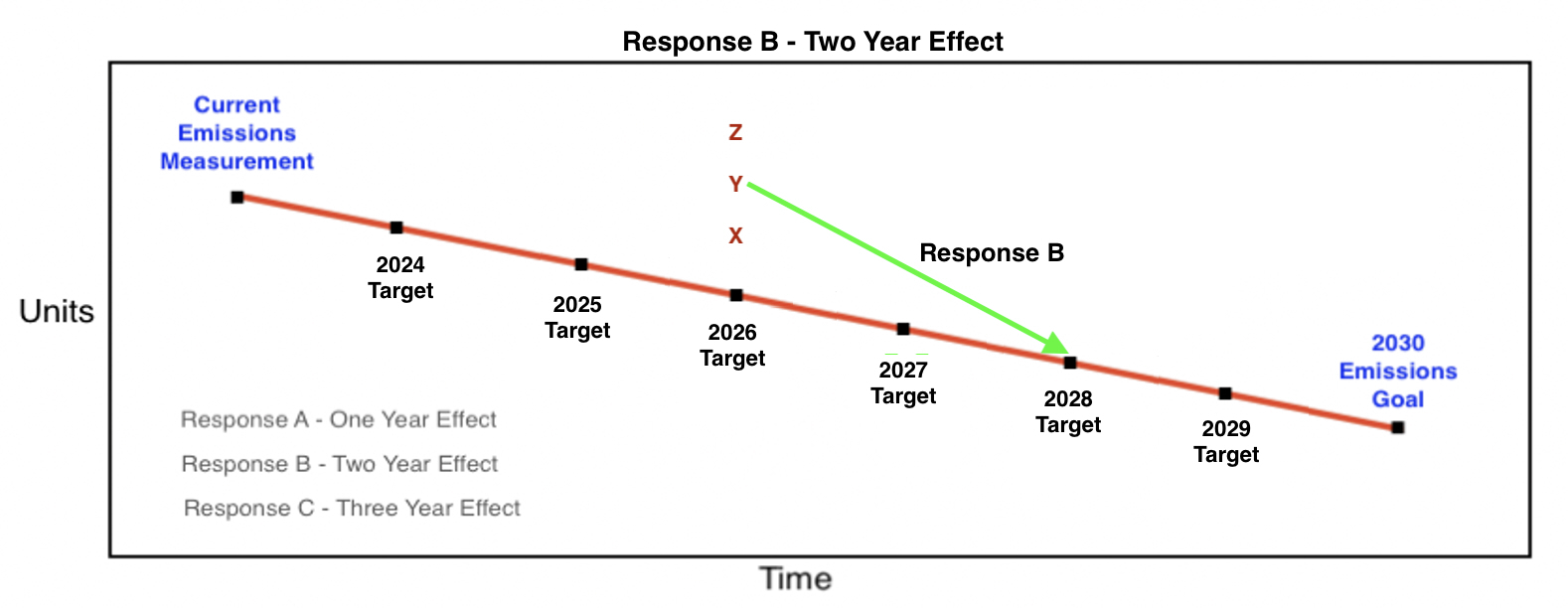
Finally, imagine that the 2026 number for transportation emissions came in at point Z, as shown in Box 4. Because the mark was missed by so much, it will take three years to get back on track, so Response C is triggered. These tiered responses will be predefined by each province and territory for each economic sector.
Box 4
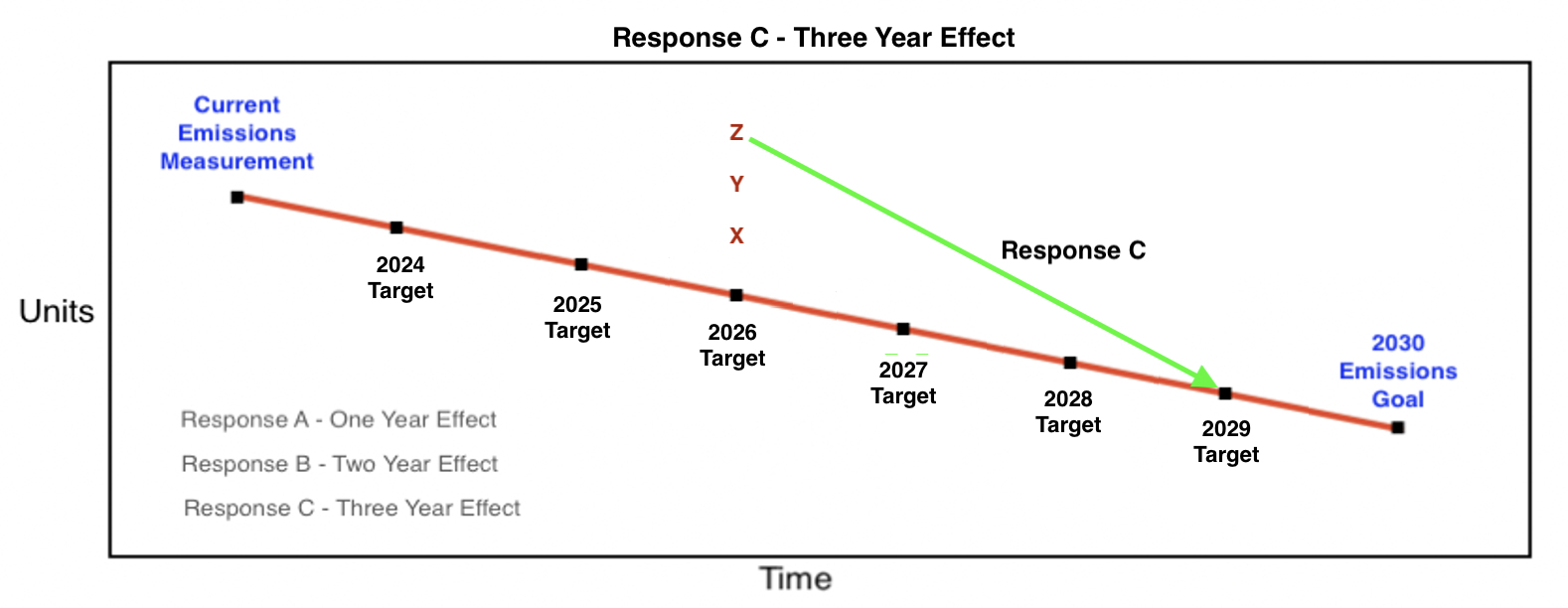
The main advantage of this methodology is that when all three tiered responses are defined and agreed to ahead of time, there will be no hesitation or debate about what to do when the trigger point is hit. The corrective action will take place automatically, removing all impediments to immediate action. And in the same way that each province and territory uses three-tiered responses for each sector within their borders, the feds would use the same method with respect to the performance of each province and territory.
In next week's column, Module 3 of this series, we'll discuss a way to distribute the costs of all the mitigation actions in such a way that everyone will consider it fair and just. It's called the Mitigation Action Mechanism.
Hal Segal is part of the interdisciplinary studies PhD program at the University of Saskatchewan. He can be reached at: [email protected]
For many of the provinces, we
For many of the provinces, we're talking about Conservative governments here. They won't care about the targets and they won't institute the corrective actions, no matter how "automatic" you call them. So, what have we got where if results don't happen either the province loses money or the federal government takes some actions directly or both?




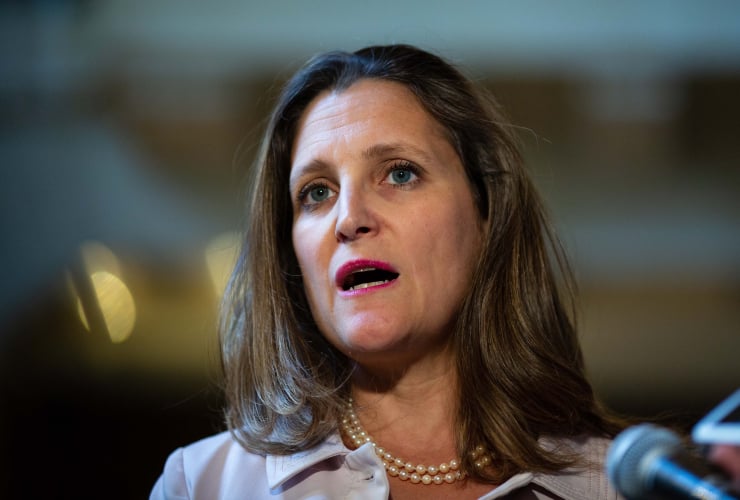

Comments